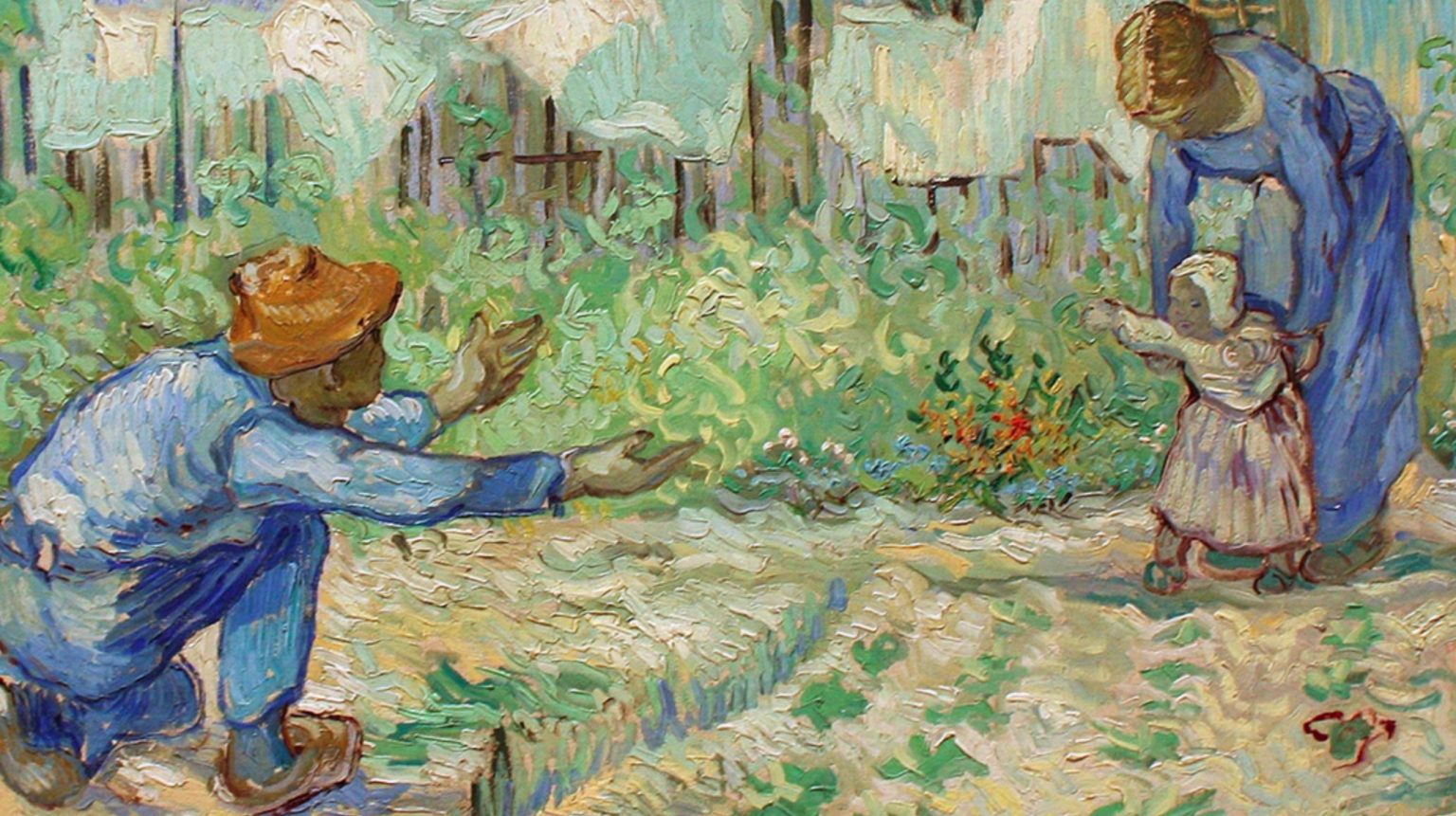His biological clock is ticking, too

Image source: Volodymyr Tverdokhlib/Shutterstock
- A study from Rutgers documents age-related reproductive factors for men.
- Beyond a certain age, men risk a variety of serious hazards to their mates and offspring.
- Men planning to father children should consider banking their sperm before reaching 35.
We’ve often heard of a woman’s “biological clock” ticking as the age window approaches during which conception, a safe delivery, and a healthy child are most likely to occur. It turns out men have a biological clock of their own. A study from Rutgers Robert Wood Johnson Medical School now identifies men’s ideal reproduction window. As with women, there’s reason for men to be concerned about successfully reproducing beyond a certain age, even though there’s been a 10% increase over the past 40 years of infants born to men over 45, which is beyond the recommended age. Author Gloria Bachmann says, “While it is widely accepted that physiological changes that occur in women after 35 can affect conception, pregnancy and the health of the child, most men do not realize their advanced age can have a similar impact.” Bachmann adds that “In addition to decreasing fertilization potential, this can also influence the pregnancy itself, as is noted by increased pregnancy risks when conception is successful.” This is even the case when the woman is younger than 25.

Image source: Janko Ferlič/Unsplash
Risking the health of loved ones
According to the study, men 45 and older risk a range of hazards:
- The put their partners at increased risk of experiencing pregnancy complications: These include gestational diabetes, preeclampsia, and pre-term delivery.
- Infants of such fathers are more frequently born with issues: They’re more apt to be premature or succumb to late stillbirth. Low birth weight, a greater prevalence of newborn seizures and birth defects are also more likely to occur. The report cites cleft palate and congenital heart disease as among these defects.
- Maturing children continue to have problems: These include a higher incidence of childhood cancer, cognitive and psychiatric disorders, and autism. “Although it is well documented that children of older fathers are more likely to be diagnosed with schizophrenia — one in 141 infants with fathers under 25 versus one in 47 with fathers over 50 — the reason is not well understood,” says Bachmann. The risk of autism decreases with fathers under 25, increases at 30, stabilizes at 40, and again rises at 50.

Image source: olliulli/Shutterstock
Fatherhood outside the window
The main issue seems to be a degradation with age of the quality of sperm. In the same way that fitness fades with age for the individual, sperm also declines. While there’s not yet a consensus on the point at which “advanced paternal age” sets in, and more research is needed, the range is somewhere between 35 and 45 years of age.
Whenever it is, older men have a reduced sperm count and the quality of an offspring’s inherited DNA may be sub-optimal.
Bachmann recommends that men planning to produce offspring later in life bank their sperm before hitting 35 for subsequent insemination when the time is right.
The study refers, of course, to reproduction and has nothing to say about being an older father of a partner’s child with a previous mate or an adopted child.





